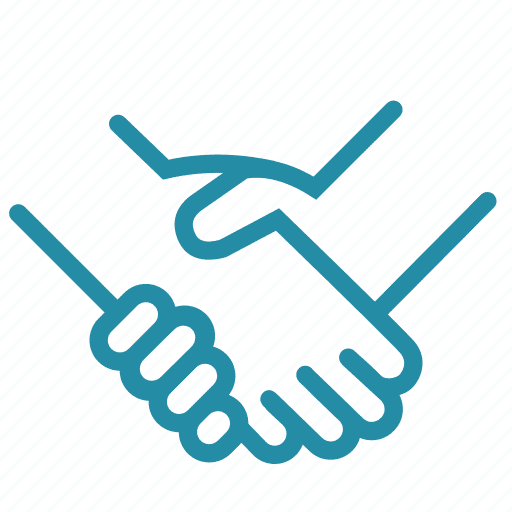- Capabilities
-

CNC Machining
Tight tolerance and 20+ finishes 3, 4 , 5 axis, as fast as 2 days -
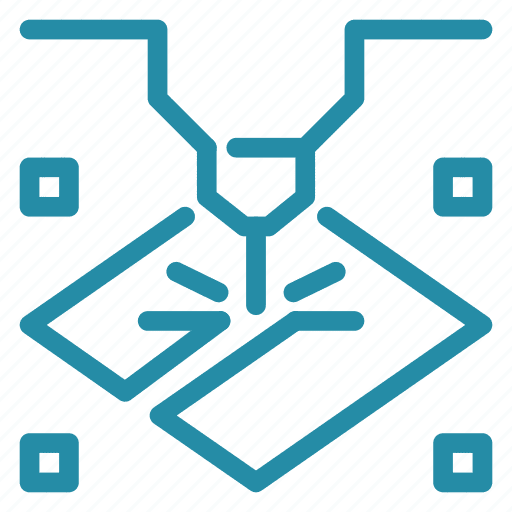
Sheet Metal Fabrication
High-precision, on-demand sheet metal cutting and bending. -
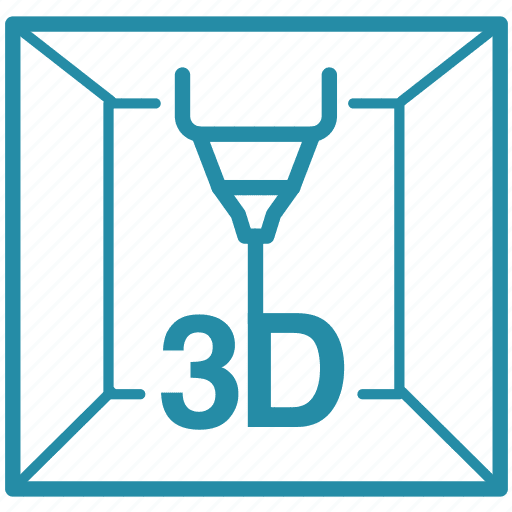
3D Printing
SLA, SLS,MJF,SLM, FDM 3d printing with post treatment. -

Vacuum Casting
Production quality parts without the tooling investment.
-
- Solutions
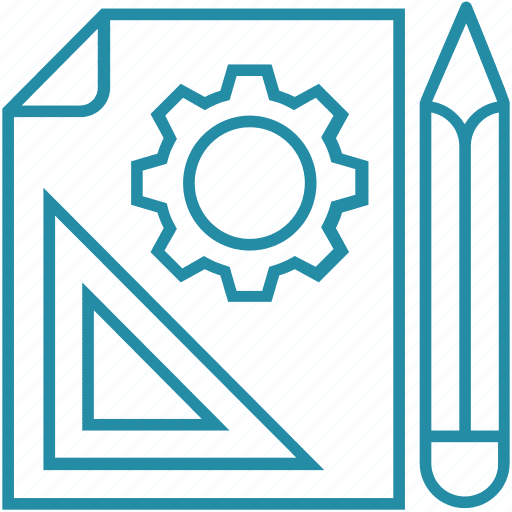
Rapid Prototyping
Fastest lead time of high-quality prototypes at minimal cost.
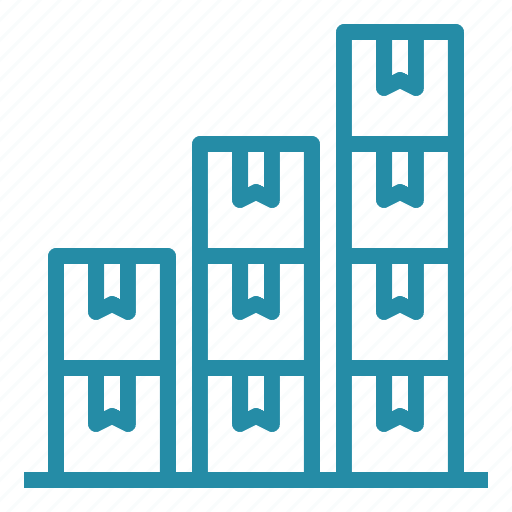
Low Volume Production
From one-off prototyping to low-volume production.

Mechanical Assembly
Custom assembly for project-specific needs.

Custom Package
Ready to help you prompt your brand.
- Sources
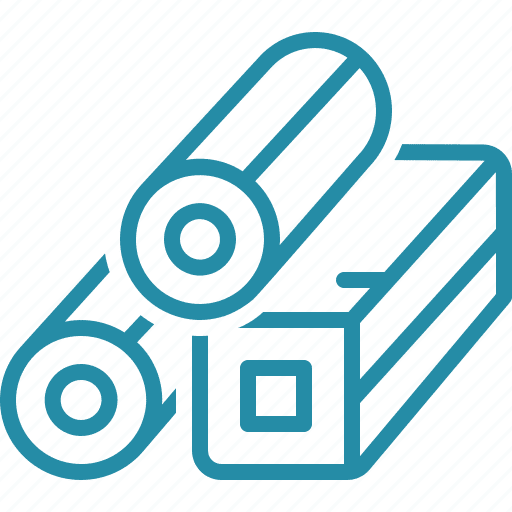
Materials
Select from 100 more types of metals and plastics.

Finishes
Select from 20 more types of surface fishes.
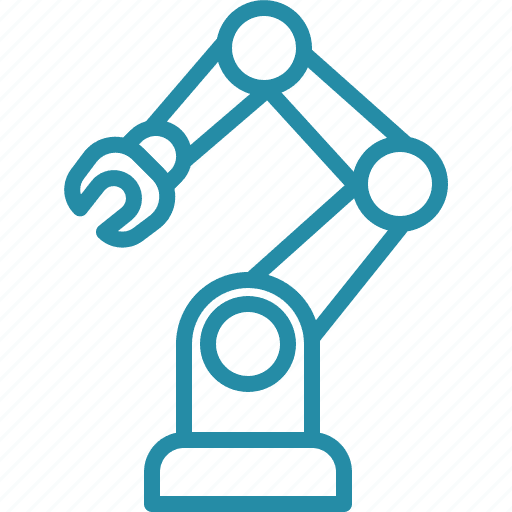
Industries
Providing precision machining and manufacturing solutions.

Cases
How we assist our clients in bringing their projects to fruition.
- Company
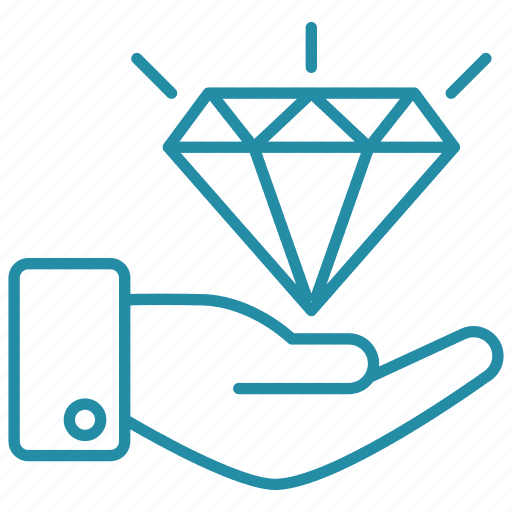
Quality Assurance
Consistent quality, every time.

About Us
Your go-to manufacturer for custom parts.

Newsroom
Learn updated news about ECOREPRAP.
CNC Rapid Prototying-A Complete Guide
Updated: May 05, 2024
When you are searching for rapid prototyping services, there are many types of options. Plastic injection molding, 3d printing, CNC machining, and so on.
Don’t you know what the right method for your project is? In this post, you will learn the process for rapid prototyping projects, and the cons and pros of CNC rapid prototyping.
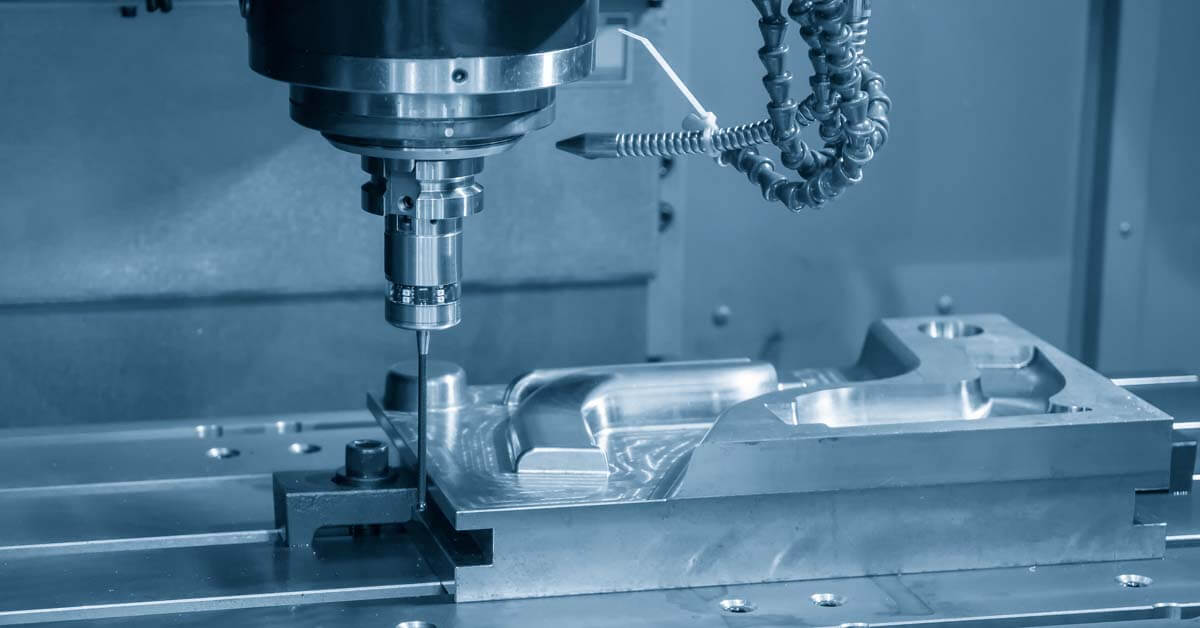
1. What Is CNC Prototype Machining?
It is a process of quickly creating prototypes via CNC machining processes. This process is often used in developing new products, as it allows for quick-turn parts.
CNC rapid prototyping can create prototypes for any material, including sheet metal and solid plastic. The process begins with creating a computer model of the desired prototype. This model is then used to generate a set of instructions for the CNC machine.
Once the prototype is created, it can be tested and refined as needed. This process is much faster and more accurate than traditional methods of prototype creation, such as hand-carving or molding.
CNC rapid prototyping is an essential part of the product development cycle, as it allows for functional testing and validate the design for manufacturability. This process can save time and money in the long run, allowing for faster testing and design feedback.

2. Why Choose CNC Rapid Prototyping?
Let’s jump right into the reasons to apply techniques of CNC rapid prototyping.
1. Cost saving
Look at it this way. Besides all technical reasons detailed further, rapid prototyping is some form of fail-safe to prevent you from financial losses. Frequently, an intricate design of a part does not succeed on the first attempt.
It is much better to lose some materials and time instead of fully loading a manufacturer’s powers to produce sub-quality products. Instead, rapid prototyping enables testing a new design before custom machining.
Moreover, you most want parts produced to be tested for their mechanical properties before managing large-scale orders. Those properties may include harness, fatigue limit, elasticity, rigidify of the product, actual weight, etc.
It is also possible that some complicated designs prove themselves to not be viable for the purpose they had been intended to. Launching a small batch of newly designed parts by means of rapid prototyping is a cost-effective intervention.
2. Precise tolerances
It may seem like any machining process is precise to a certain degree. The true value deviation offered by particularly prototype machining is extremely small. It is correct for comparison to other means of prototyping and larger versions of CNC machines used for large-scale orders.
With rapid prototyping, the desired outcomes can be obtained with high precision. It creates solid ground for further manufacture of components.
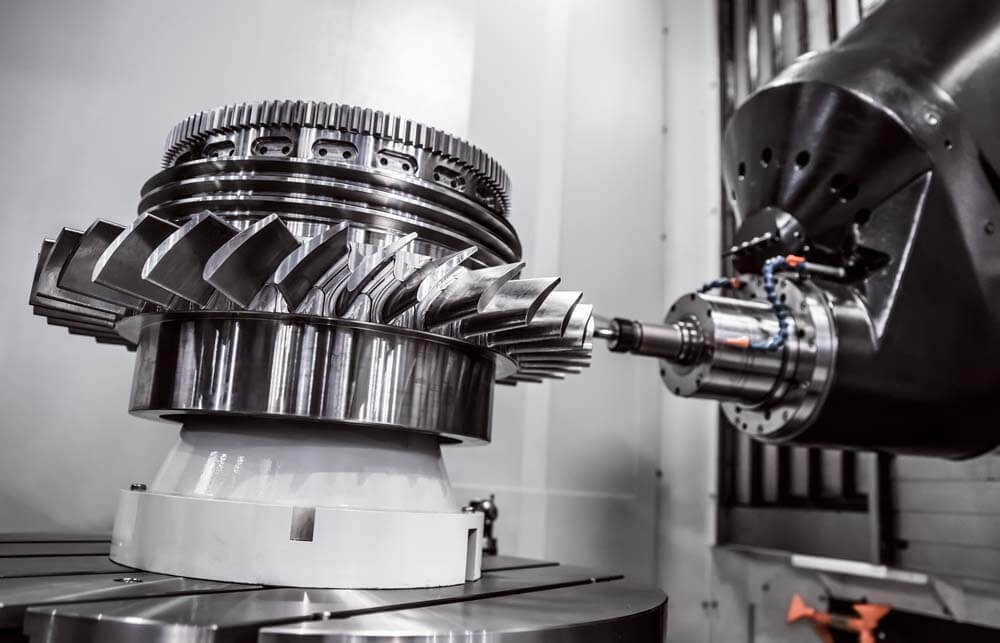
3. Perfect mimic of a finished product’s design
I do not get tired of repeating the crucial point. It is vital to have a small batch of prototypes to launch manufacturing of a component with a new design.
From the quality assurance perspective, a batch of parts produced through rapid prototyping may serve as an object for further validation. It implies that testing of such prototypes can serve as documented evidence.
It is proof that further manufactured parts have the same properties and are of the same quality as their samples tested.
So, what does all this mean? Rapid prototyping may help in obtaining quality certificates required to sell products in some countries. Overwise, samples made via prototype machining can be presented to customers or potential buyers. This way, prototypes also serve the proof of claimed features of a finished product.
4. Versatility
And the best part? You don’t need to choose from a range of options while deciding what prototyping suits your intended design better. CNC rapid prototyping is a highly versatile process, enabling the production of samples of desired complexity for further testing.
Software-controlled manufacturing incorporates multiple machining operations. Rapid prototyping works similarly. As a result, you may receive any design you need. Most advanced equipment units for rapid prototyping are all-in-one solutions for your manufacture.
5. Wide range of applicable materials
The choice of a material depends on a part’s operating temperatures, properties requirements, and other factors. Therefore, you should be sure that rapid prototyping responds to your needs for a particular material.
As well as traditional machines, software-based centers for prototypes incorporate a wide range of materials. It includes metals, woods, plastics, and even foams.
6. Fast turnaround
Rapid prototyping is not called “rapid” for nothing. Batches of custom samples are fairly small, and the process is focused on fast results delivery. As a result, it will not take long from setting an order to testing prototypes.
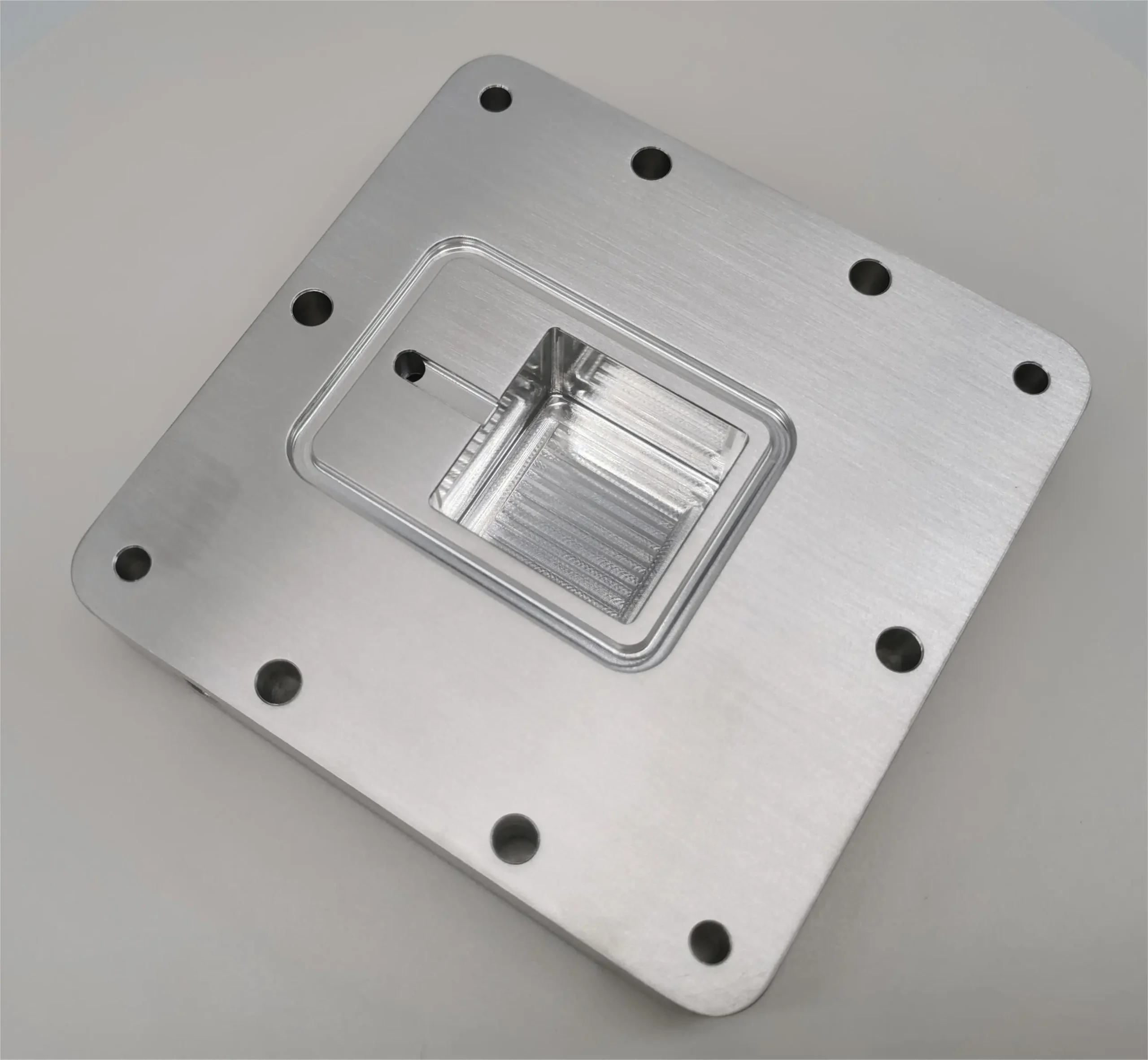
7. Short run
Rapid prototyping is also called “short-run production.” Allow us to explain. Short-run refers to a production cycle with at least one factor fixed. These input factors can be labor, capital, real property, equipment, materials, etc.
While in long-run production, nearly all those variables can fluctuate, affecting the final cost of production, short-run manufacturing is less vulnerable to changes.
Let us give you some examples. A company produced a batch of components within half of a year. It is unlikely that something will change within this period. A supplier would not increase prices for materials, and the equipment involved would not require repair. However, further batches may have another net price per production unit.
Ordering prototypes from a third-party service provider is also short-run production, executed in a period of six months or less. It is a predictable process, and the fixed terms of a contract give you confidence.
But how do you know when it is better to apply for short-run production and when for traditional large-scale CNC machining? As a rule of thumb, rapid prototyping is the most cost-effective alternative for producing fewer than 10,000 parts or near that. For more exact calculations, you may use calculations for estimated net price per production unit, i.e., production cost formulas.
8. Wide range of finishing options
It is easy to forget about a component’s finishing while paying close attention to its fundamental design. Luckily, CNC rapid prototyping is known for incorporating a range of options to perfect an innovative sample.
The most obvious type of finishing is adding some surface texture and smoothness. Additionally, it may include removal of supports, sanding, or blasting. Then, you may be offered color matching, such as splay or hand painting.
The other option available is coating. It may include plating, shielding, or durability coating. You can take it as an extra layer of protection. And the icing on the cake is the addition of inserts or functional assemblies. These make good designs even better.
Let me add another important piece of information, so you would not be confused if you were asked about whether basic, normal, or detailed finishing you need. The three types of finishing typically available offer the following. Basic – support removal only.
In other words, it is simple surface finishing. Normal – removal of build lines and light bead blast (SLA only). Detailed – customized finishing in accordance with the specification, including painting, graphics, assemblies, etc.
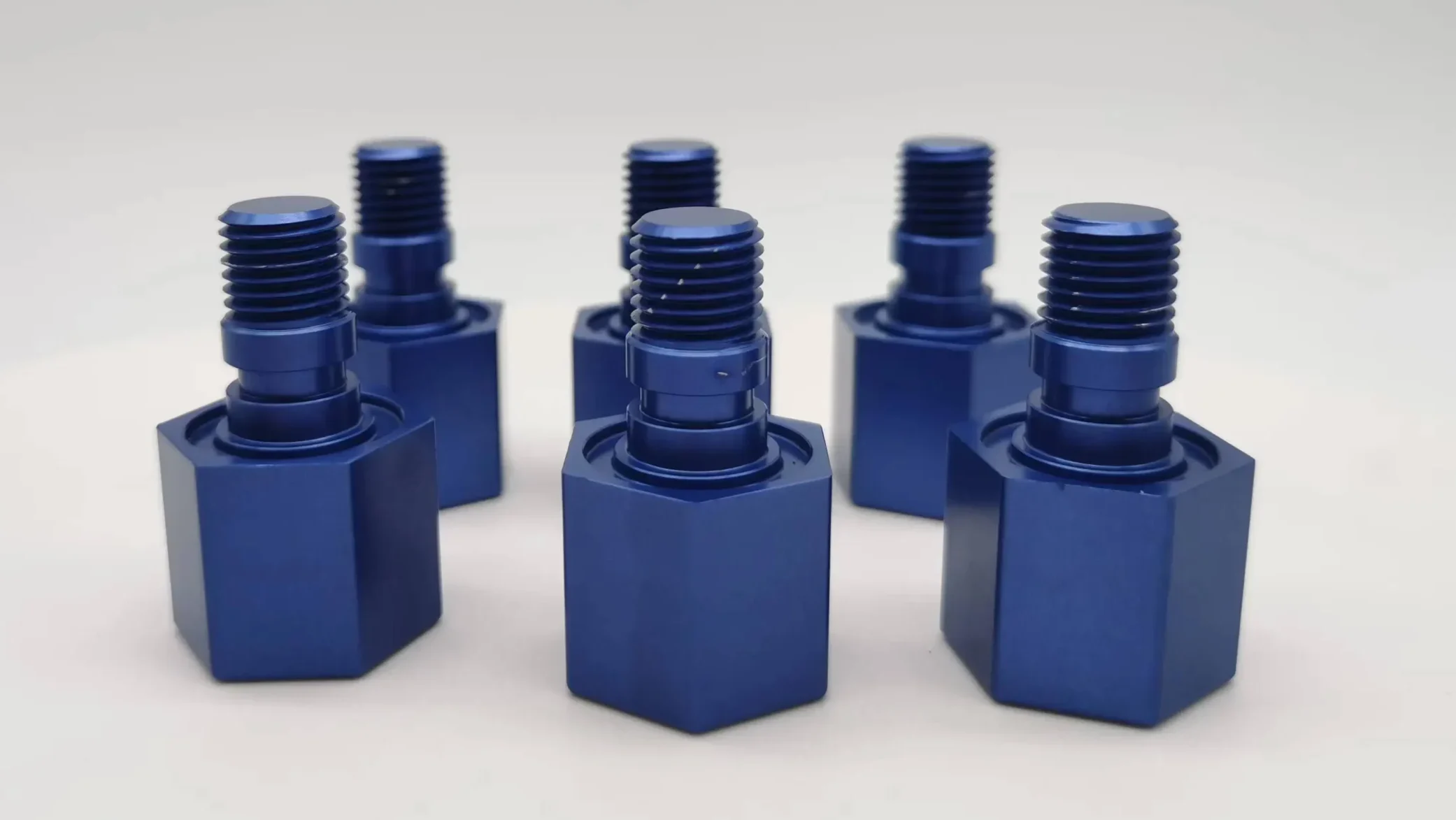
9. No fixed tooling
It is a frequent difficulty of manufacturers of any size that their options for innovative solutions are limited. Indeed, having strictly defined sets of cutting tools for own production makes it difficult to eliminate errors that may arise during rapid prototyping. Thus, you may not be able to choose more appropriate tooling, as their range is limited.
As a bonus of prototype machining, there is no fixed tooling by definition. It is highly appreciated if a company or a third-party provider is partnering with cutting tools suppliers. It enables us to involve any equipment needed fast. What is the purpose? To make absolutely any viable design possible to machine further.
3. Step-by-Step Process of CNC Rapid Prototyping
Do you need thoughtful insight into stages of prototype machining? We’ll walk you through the whole process of CNC rapid prototyping, explaining each step in great detail.

1. Design Ideations
On the primary stage, product designers and engineers collaborate to create multiple designs of the same component. Varying factors are dimensions, materials, positioning of features, and others. Sometimes it happens that initially great ideations prove themselves to be not viable on this stage already.
It is frequent that distinct ideations for manufacture and assembly (DFMA) and design for testing (DFT) are prepared. It ensures that the further production and current prototyping are optimal.
2. Generation of 3D files
You may have heard about computer-aided design (CAD) files and respective software. Well, in general, CAD design stands for digital modeling of parts. The highly advanced applications enable the creation of any design with consideration of the dimensions and features of an object required.
There is no other successful solution for drawing prototypes but CAD software. It is so because applications enabling the programming of CNC machines are based on CAD files.
Therefore, The 3d files generation is convenient for designers to manifest their ideas fully, engineers to consider technical characteristics, and specialists to prepare computer-based machining centers.
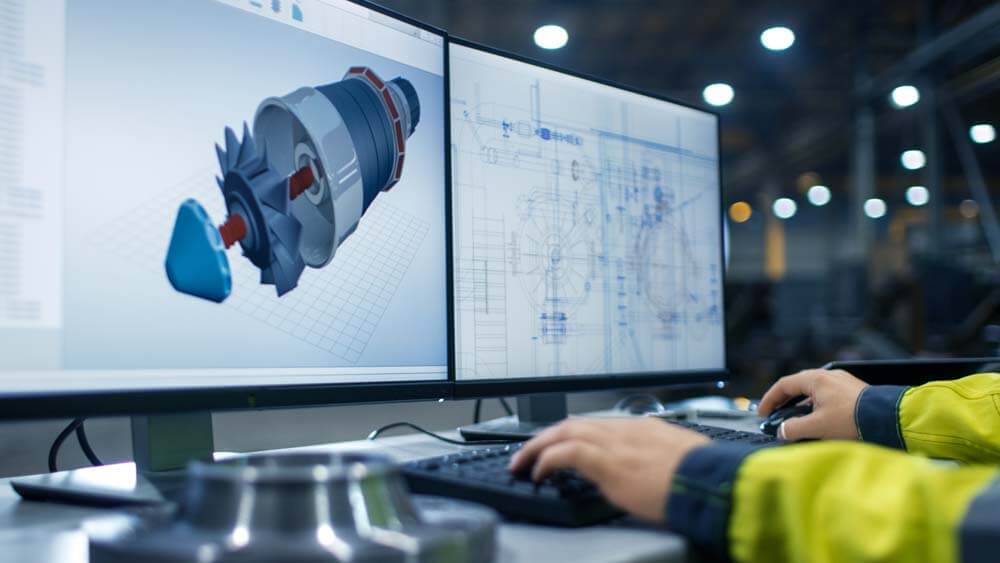
3. Identification of production sequence
CNC rapid prototyping, obviously, may include a number of manufacturing processes. Examples of them are cutting, milling, routing, turning, drilling, and others. To enable further production of innovative samples, it is vital to hand-pick processes that are to be implemented and their optimal sequence.
It is another tricky stage to make sure that a production line comprising CNC machines has a well-defined set of machining operations for a particular component. It may be that a single highly versatile equipment unit implements all the procedures. In any case, the production sequence is to be selected by respective specialists.
4. CNC programming
Both the production sequence and the design created will be integrated into a CNC machine’s control panel’s software. It is done by using G-coding to program cutting depths, feed rate, tool travel time, etc.
Learn more about pre-programming and preparation of components. Also, read our other blog posts about CNC machining.
Complex software solutions enable automatic transfer of CAD files into G-code-based ones. They incorporate machining operations intended and exploit ideation. Such a procedure makes it possible to command a machining center to move, turn, and feed cutting tools and/or workpieces. This stage requires a complete understanding of processes to eliminate all potential errors.
A manufacturer rarely employs specialists capable of perfecting CNC machine programming. This part is frequently done by third-party service providers, such as ones offering rapid prototyping.
5. Prototyping
Without further ado, we are reaching the core of CNC rapid prototyping. It is the production of multiple samples per the 3d file coded. The numeric control panel of a CNC machine receives signals, dictating the movements of spindles along a center’s axes. As a result, the material is cut off a workpiece, and the desired product is achieved.
It may take a while to eliminate all potential errors preventing the CNC machine from delivering repeatable outcomes. At this stage, both machining processes and the ideations designed should be finally optimized.

6. Testing
Here’s the kicker. The essential goal of rapid prototyping is to ensure that a component of a required design complies with requirements. For this purpose, innovative samples are tested for functionality, defects, durability, overall performance, physical suitability for a complex part they are intended for, etc.
To satisfy a customer’s requirements and prove the viability of ideation, experts conduct multiple tests, generating respective data. It is to be analyzed further, and a suitable prototype to be chosen.
4. Limitations of CNC Rapid Prototyping
Let’s be honest. None of the machining or any other manufacturing techniques and processes are deprived of all the disadvantages.
Here is the list of ones relevant to CNC rapid prototyping.
1. Production costs
It was mentioned above that rapid prototyping is cost-effective. But the truth? It is more expensive to produce a single prototype than a single component finished by regular means of CNC machining. It is so because of the focus of rapid prototyping on in-detailed replication of a design rather than on cost-optimization.
It is why many companies prefer not to make prototypes on their own, letting third-party service providers do the job. A manufacturer may require only one or two prototypes a year. But companies offering CNC rapid prototyping exploit their equipment fully, thus justifying initial capital investments.
Therefore, rapid prototyping cannot serve as a replacement for traditional methods of CNC machining. It is mainly intended for producing small batches of samples for testing.
2. Wastage of materials
You should take that it is unlikely that a prototype will be perfect from a first attempt. Typically, it requires a set of tries to receive the first viable component. Then, a certain amount of resources is needed to polish the machining technology. Kerf and subtracted materials and inevitable.
It is also a con that you are unlikely to sell prototypes, even if they comply with all technical requirements. It is so because they may not have a serial number engraved and may not have proper packaging. They are not considered parts of a production batch. However, you may present prototypes to potential buyers to interest them in your products even more.

3. Require skilled labor
Basically, this disadvantage is not such if a third-party provider handles most designing, pre-programming, and testing. But what if you decided to create prototypes on your own? It is not like we warn you not to, but even if your specialists managed the creation of CAD/CAM files and CNC machines adjusting, they would not necessarily succeed in prototyping.
The strategy requires innovative approaches, creative vision, substantial experience, knowledge of the procedures for testing and errors finding, etc. Likely, even masters of CNC machining cannot make prototypes without previous training. Isn’t it more cost-effective to let already trained teams do their job?
5. Final Word
Rapid prototyping is a pre-manufacturing process vital to creating and testing a particular design. Besides the generated data for newly obtained components, rapid prototyping polish the sequence of production steps is required further.
It is cost-effective for manufacturers to collaborate with a third-party provider to make prototypes or small batches of components.
Let's get your projects started, together!
Get custom parts machined in high quality, delivery on time.




